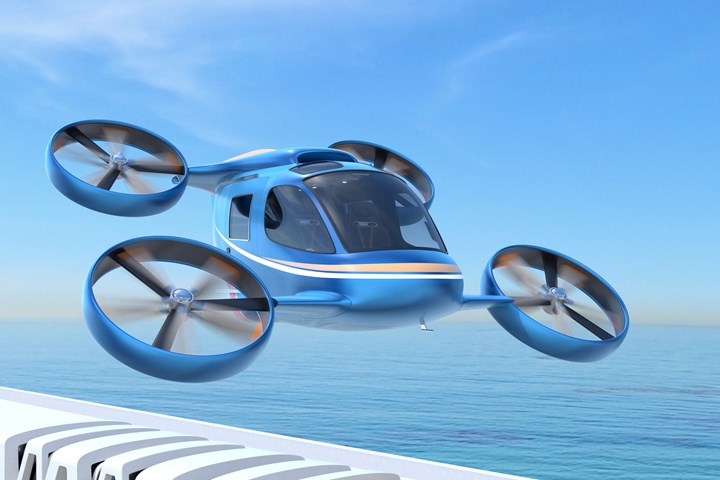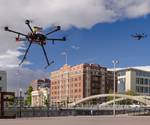EASA releases proposed methods for VTOL certification
The third step in the agency’s roadmap for safe air taxi operations in Europe is available online and open for review by stakeholders.

The European Union Aviation Safety Agency (EASA, Cologne, Germany) has published proposed methods for how to certify hybrid or electric air taxis (also known as Vertical Take-Off and Landing aircraft, or VTOL). With the new report, the EASA invites stakeholders and other interested parties to review the plans and provide comments.
EASA says this is the latest, and third milestone in its roadmap to enable safe VTOL operations and new air mobility in Europe. The first building block published in July 2019 contained the certification framework for manufacturers to start developing innovative air taxi vehicles (Special Condition VTOL). The second block proposed certification requirements for electric and/or hybrid propulsion systems and is currently subject to a public consultation until June 19, 2020.
The third block published on May 25 proposes means of compliance for key certification requirements such as the structural design envelope, flight load conditions, crashworthiness, capability after bird impact, design of fly-by-wire systems, safety assessment process, lightning protection and minimum handling qualities rating.
According to the EASA, these subjects were identified and discussed with industry members and representatives from other aviation authorities worldwide. Furthermore, the requirements and guidance are said to encompass to a variety of flying vehicle architectures and to enable innovative designs. The scope for the guidance is defined as “person-carrying small VTOL aircraft with three or more lift/thrust units used to generate powered lift and control.”
Preliminary information, originally presented at the last EASA Rotorcraft & VTOL Symposium in December 2019, is available online. The EASA says it plans to continue working with industry to enable them to develop new forms of mobility, to be followed by additional guidance to extend progressively towards new technologies as they emerge.
The next package of guidance material will be presented during the 2020 EASA Rotorcraft and VTOL Symposium scheduled for November 10-12, 2020 as part of the new rotorcraft event EUROPEAN ROTORS.
Related Content
-
Plant tour: Spirit AeroSystems, Belfast, Northern Ireland, U.K.
Purpose-built facility employs resin transfer infusion (RTI) and assembly technology to manufacture today’s composite A220 wings, and prepares for future new programs and production ramp-ups.
-
ASCEND program update: Designing next-gen, high-rate auto and aerospace composites
GKN Aerospace, McLaren Automotive and U.K.-based partners share goals and progress aiming at high-rate, Industry 4.0-enabled, sustainable materials and processes.
-
Manufacturing the MFFD thermoplastic composite fuselage
Demonstrator’s upper, lower shells and assembly prove materials and new processes for lighter, cheaper and more sustainable high-rate future aircraft.

.jpg;width=70;height=70;mode=crop)














